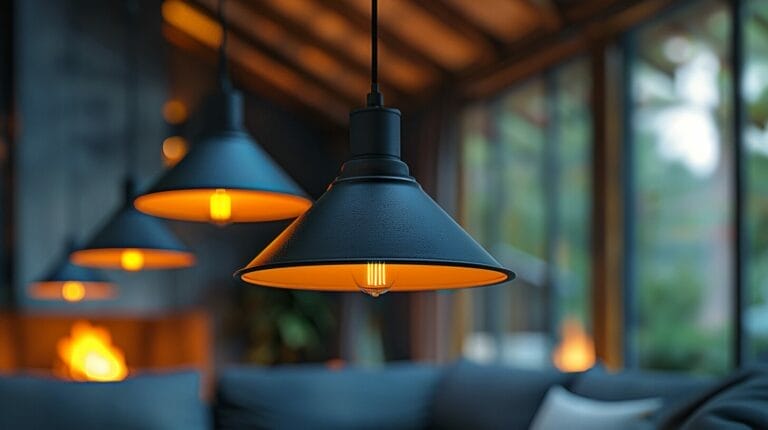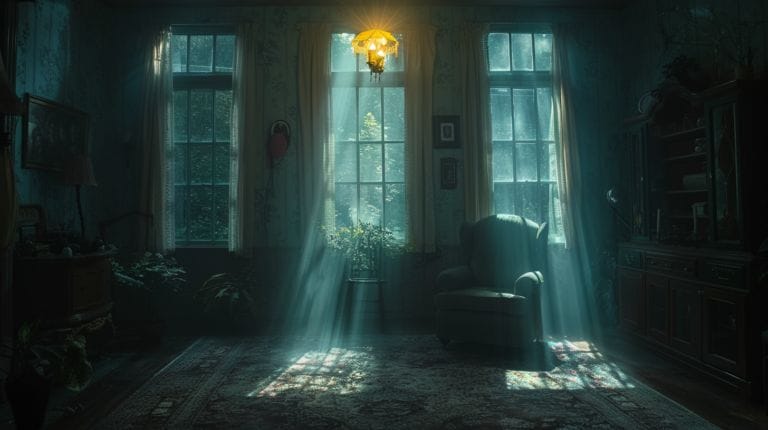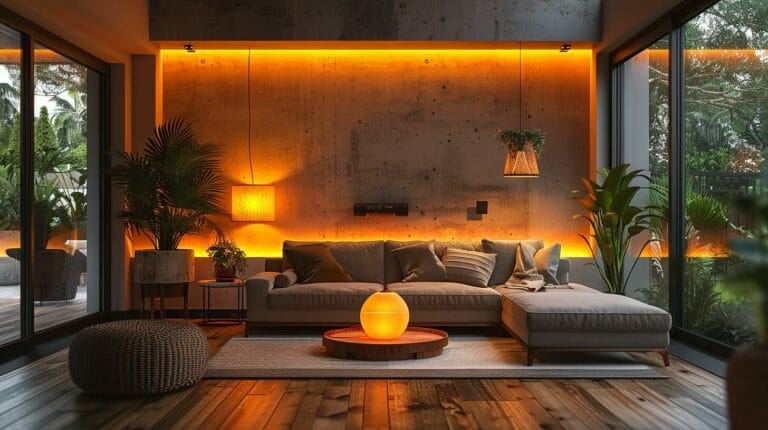LED Light Anode and Cathode: Understanding the Core of LEDs
The anode and cathode are the life force behind the glow of LED lights, much like the heart that powers the body through its rhythmic beats. We’re about to reveal the structure and significance of these tiny yet powerful devices in the broader landscape of technology.
Join us in our LED Light Anode and Cathode guide as we journey into the intricacies of forward voltage, its impact on LED operation, and how to determine the best resistor value for the entire circuit to operate properly. This exploration promises to illuminate the underappreciated core of LEDs and hint at the luminous possibilities of the future.
Key Takeaways
- The efficient light emission from an LED, crucial for its function, is maintained by the anode and cathode, ensuring one-way current flow and less power consumption compared to light bulbs.
- The anode is typically the longer leg of the LED, connecting to the positive power source.
- Using resistors on the cathode side is essential to regulate current and prevent LED burnout.
- Proper identification and connection of anode and cathode optimize LED performance and longevity.
Understanding the Basics of LED Lights
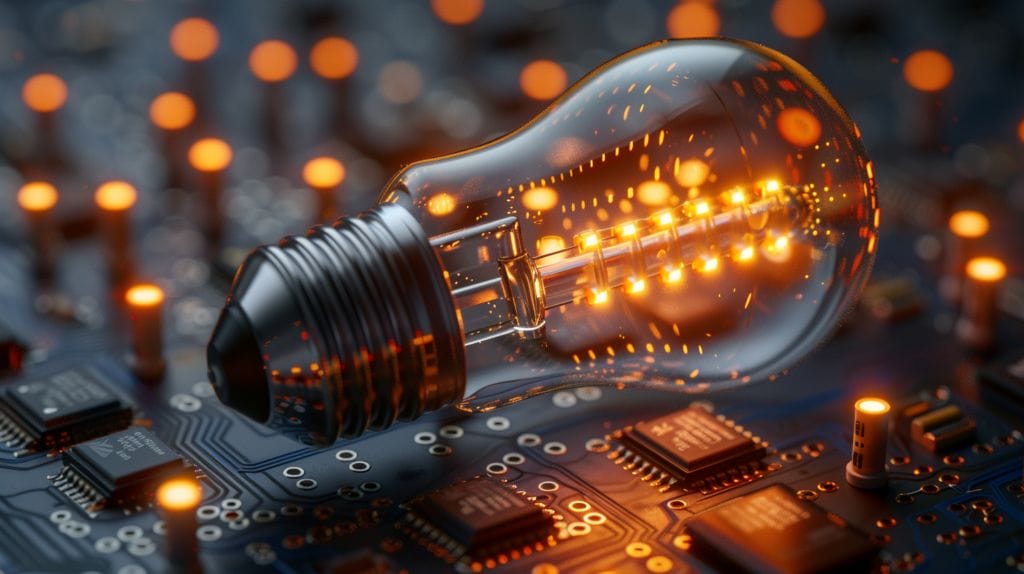
To grasp the fundamentals of LED lights in electronics, it’s essential to delve into their history and understand key terms like Anode, Cathode, Diode, Resistor, and LED. We’ve come a long way since the inception of the Light Emitting Diode (LED), a journey marked by relentless innovation and technological advancement.
An LED is a semiconductor device in electronics that emits light when an electric current flows through it, thus when the LED will light. The anode is the positively charged electrode through which the current enters, while the cathode is the negatively charged electrode through which the current exits the LED. This flow of current is facilitated by the diode, a component that allows current to flow in one direction only, thereby ensuring that the LED emits light efficiently.
Resistors play a crucial role in the operation of LEDs by regulating the amount of current that flows through the diode. Without a resistor in this basic template for an LED circuit, the LED could draw too much current and burn out quickly. Thus, the resistor ensures the longevity and stability of the LED’s light output.
As we continue to innovate and improve upon this technology, LEDs are becoming increasingly integral in a variety of applications, revolutionizing the way we light our world.
Diving Deeper Into the Types of LEDs
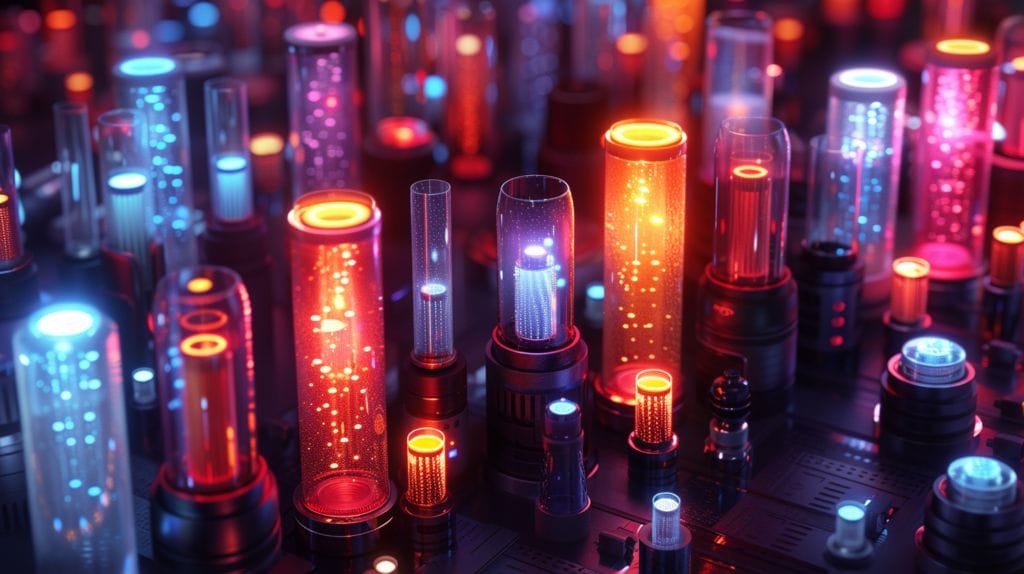
Exploring the diverse world of LEDs reveals the unique roles of anodes and cathodes in RGB, infrared, and special LEDs. Let’s dive into how these components function across different types of LEDs, highlighting their innovation and versatility.
| Type of LED | Role of Anode and Cathode |
|---|---|
| RGB LEDs | In RGB LEDs, the anode is commonly shared, allowing for seamless color blending by adjusting the cathodes connected to each color. |
| Infrared LEDs | The anode and cathode in infrared LEDs are specially optimized for emitting infrared light, crucial for devices requiring invisible light while consuming lot less power. |
| Special LEDs | These LEDs, including UV or flexible LEDs, have anodes and cathodes tailored to their unique applications, ensuring maximum efficiency. |
| Standard LEDs | For standard LEDs, the anode and cathode are straightforward, with the anode being the longer leg and the cathode the shorter. |
| High-Power LEDs | These have advanced anode and cathode configurations to handle higher currents and dissipate more heat, enabling brighter light output. |
Understanding the roles of the anode and cathode across these LEDs in electronics illuminates the intricacies of their operation, which directly impacts the brightness of an LED. This exploration enriches our appreciation for the technology and its vast capabilities.
Forward Voltage: An Essential Factor in LED Light Operation
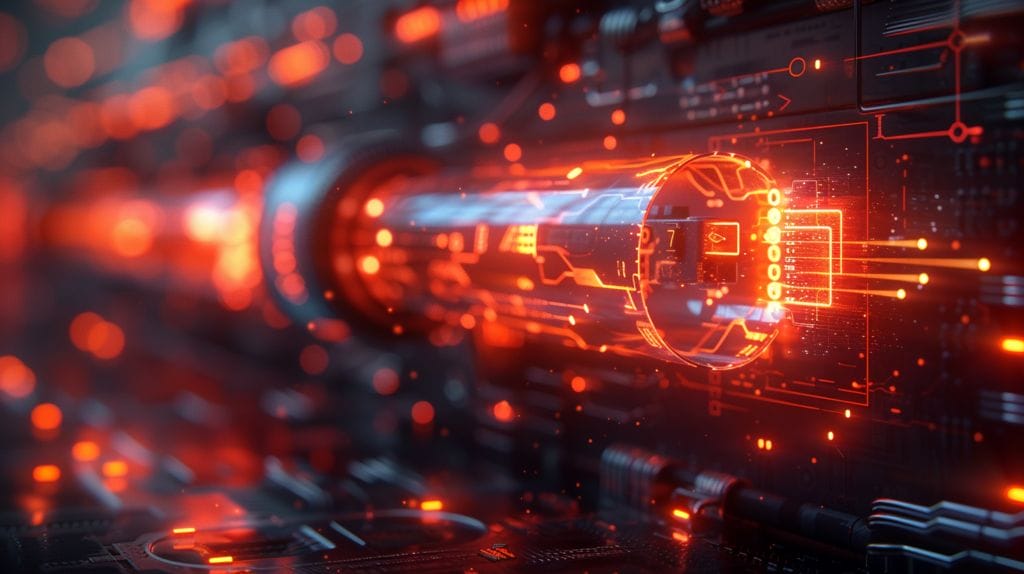
Forward voltage represents the electric potential difference needed to push current from anode to cathode through a semiconductor material. The concept of managing the current to light up an LED plays a pivotal role in the efficiency and performance of the LEDs.
Forward voltage dictates the amount of energy required to initiate light emission. LEDs, being semiconductor devices, have a characteristic resistance that influences the forward voltage. This resistance, along with the material composition of the LED, determines the specific forward voltage value for different types of LEDs.
Here are some points to consider:
- Without a proper forward voltage, the inherent semiconductor nature of LEDs might cause the LED to draw too much current that could damage the LED and prevent the entire circuit from operating effectively.
- Resistance within the LED affects how much forward voltage is needed, making it essential to consider in circuit design.
- Different types of LEDs require different forward voltages, highlighting the importance of knowing your LED’s specifications for effective use.
Practical Tutorial: Working with LEDs

Working with LEDs involves correctly identifying their anode and cathode. The anode is the positive side of the LED, where current flows into, and the cathode is the negative side, where current flows out. It’s crucial to connect them correctly to ensure the LED lights up.
Here’s a simple guide to get you started:
| Step | Action |
|---|---|
| 1 | Identify the longer leg of the LED; that’s the anode. |
| 2 | Connect the anode to the positive side of your power source. |
| 3 | Attach a resistor to the cathode in this basic template for an LED circuit to protect the LED from trying to draw too much current. |
| 4 | Connect the other end of the resistor to the negative side of your power source. |
The resistor plays a key role here, preventing too much current from passing through the LED, which could otherwise lead to overheating and damage.
Exploring Future Trends in LED Technology

As we explore the future of LED technology, advancements led by controlling designs of anode and cathode are set to revolutionize how we use less power yet emit efficient light. We’re on the brink of a lighting revolution that promises to illuminate our world in ways we’ve only imagined.
Here’s what we can expect:
- Increased Efficiency and Lifespan: Future LEDs will utilize advanced anode and cathode materials that reduce energy consumption while extending the life of the light source.
- Smart Lighting Solutions: With the integration of IoT (Internet of Things) technology, LEDs will become smarter and one LED connected to an Arduino can be controlled remotely for example. They’ll be able to adjust their brightness and color based on the time of day, presence of people, or even sync with our moods and activities.
- Revolutionary Applications: Beyond traditional lighting, we’ll see LEDs used in innovative ways across various industries. From healthcare, where they’ll aid in treating skin conditions and promoting wound healing, to agriculture, where they’ll optimize plant growth without sunlight, the potential uses are expanding rapidly.
These advancements aren’t just about better lighting solutions but also about understanding how to safely light up an LED without compromising its lifespan. They’re about creating a more sustainable, efficient, and adaptable future for us all.
Conclusion
We’ve journeyed through the basics of LED lights and delved into their types. We’ve understood the critical role of forward voltage and even got our hands dirty with a practical tutorial.
It’s clear that LED technology isn’t just about lighting up spaces; it’s about innovation and efficiency. As we look toward the future, we’re excited to see how LEDs will continue to evolve, promising even more sustainable and creative lighting solutions.
Let’s keep exploring and lighting up our world with LEDs!
Frequently Asked Questions
What is an LED and how does it work?
LEDs, or light-emitting diodes, are semiconductor devices that convert electrical energy into light. They consist of a pn-junction, with the anode and cathode attached to the p-type and n-type materials, respectively. When a voltage is applied across the diode in electronics, electrons recombine with holes within the device, releasing energy in the form of photons, which results in the emission of light.
What is the difference between the anode and cathode in an LED?
The anode is the positive terminal of an LED, while the cathode is the negative terminal. Electrons flow from the cathode to the anode when the LED is forward-biased in electronics, and it is this flow of electrons that causes the LED to emit light, thereby brightness of an LED.
How can I identify the anode and cathode of an LED?
Referencing a datasheet or manual is a common method to identify the anode and cathode of an LED. at the length of the leads. The longer lead is typically the anode, while the shorter lead is the cathode. Additionally, the cathode side of the LED may have a flat edge or a notch to visually distinguish it from the anode side.
Why is it important to use a resistor with an LED?
Using a resistor in conjunction with an LED helps to limit the current flowing through the LED, preventing it from drawing too much power and getting damaged. The resistor also helps to control the brightness of the LED and ensures that the LED operates within its specified parameters.
How do I calculate the resistor value for an LED?
The most common method is to use Ohm’s law, which states that the resistance (in ohms) is equal to the voltage drop across the LED (Vf) divided by the desired current (I) through the LED. The formula is R = (Vs – Vf) / I, where Vs is the supply voltage and Vf is the forward voltage of the LED.




